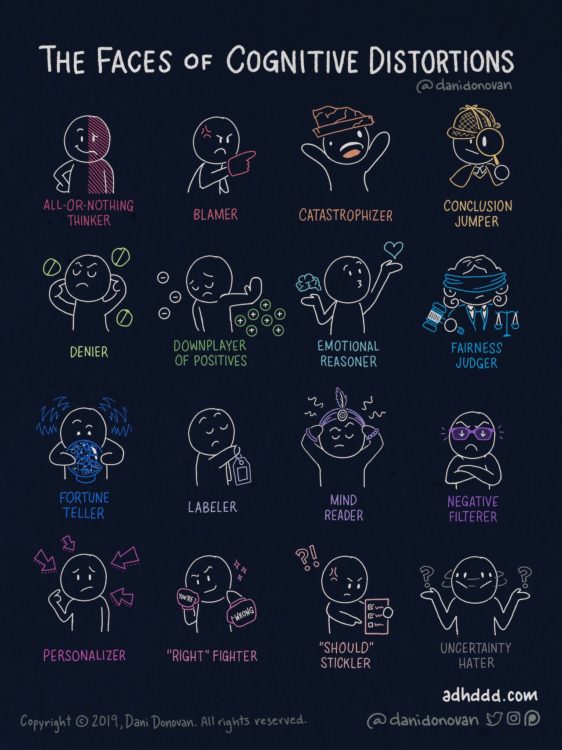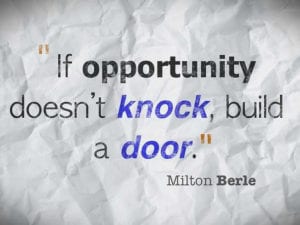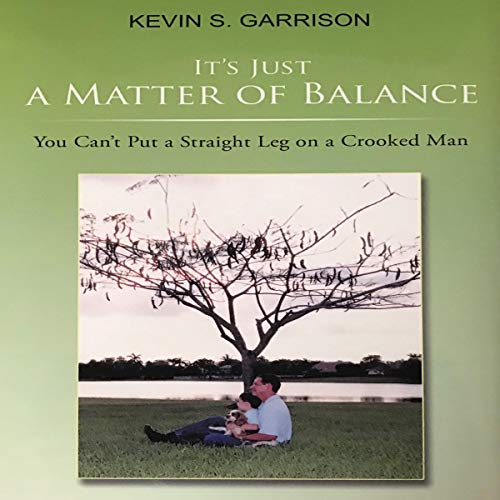
Three ways to manage your panic attack may be helpful. Panic attacks are not uncommon: Six million adults in the United States have a diagnosed panic disorder, and millions more struggle with panic attacks every day. They can be terrifying. Your heart may beat out of control, and your mind may race. The world can feel like it’s spinning out of focus. Sometimes the physical sensations can be so intense that you may worry you have a heart attack or dying.
These symptoms can be similar to an undiagnosed thyroid problem or cardiac disease, so I recommend that my clients first have a checkup to rule out other conditions. But for many people, panic attacks are either a symptom of a panic disorder or are rooted in general anxiety. In either case, consulting with a mental health professional who specializes in panic or anxiety can bring the most significant relief from your symptoms. Try these three ways to manage your panic attack. They can make it feel less scary and painful:
First Strategy: Roll With the Waves
Panic attacks often come in waves of tingling sensations, dizziness, shortness of breath, and racing thoughts. Many people try to stop these feelings by telling themselves to snap out of them. Unfortunately, this may cause you to end up feeling overwhelmed and helpless if the panic attack continues to run its course instead. Although it’s counterintuitive, taking the time to observe you are anxious sensations and ride out the experience can often be a beneficial way to reduce the intensity and scariness of a panic attack.
Instead of trying to shut out the initial sensation of panic, try to visualize each feeling as a wave you are riding until it comes to rest on the shore. Anticipate the wave passing and becoming less and less intense as it crests. Remind yourself that just because you might feel like you’ll drown beneath the wave, it doesn’t mean you can’t swim. You might also remind yourself that the panic sensations are just passing waves on the endless, mighty ocean that is you.
Anchor yourself Is the Second Strategy.
Panic attacks can make you feel surreal and out of control. One way to counter that out-of-body feeling is to reconnect with your body and anchor yourself in the tangible world.
Practice full-body breathing every day. Breathe deeply through your nose and imagine your whole body filling up with air like a balloon. Next, make your mouth small like you are exhaling through a straw. Slowly exhale through your mouth until you feel like all the air has wholly emptied from your body. Repeat this about ten times and notice any changes in your heart rate or body tension. Once you are comfortable with this kind of breathing, use it during a panic attack to slow your heart rate and calm down.
Other ways of anchoring yourself during an attack include rubbing your hands or bare feet on a surface like a chair, couch, or rug. The sensation helps bring your focus out of your mind and the physical world. Similarly, put an ice cube in a paper towel and squeeze it as hard as you can in one hand for a minute until you can feel the coldness and discomfort. Then, switch hands and repeat until you have the same sensations in both hands. By doing this, you draw your attention to the present. It will also make a growing panic more of a distraction.
Engaging your whole brain is the Third Strategy
This is the third of three ways to manage your panic attack. When you have a panic attack, it’s because the emotional part of your brain (responsible for fight-or-flight responses) has hijacked the controls. Stress hormones flood your brain and put your body into survival mode. Although this mechanism helped our ancient ancestors survive, nowadays, it often misfires, sending us into flight for little reason. Engaging your thinking brain to reign in your emotional brain is one of the most effective therapies for anxiety and panic.
When you feel a panic attack coming on, use your thinking brain to talk yourself through it. Verbal reasoning helps you label and understand the sensations as a passing, although painful, bug in your system rather than a sign that you are going crazy or dying. For example, you might say to yourself, “Here’s that annoying panic feeling again. This is going to suck a little, but I’m glad it will be over soon.”
Another way to engage your thinking brain during panic or anxiety is to do tasks that require motor or cognitive skills. Wash some dishes, sort laundry, do a word search or crossword puzzle, count backward in a foreign language, etc. These activities require you to use more complex executive and motor skills that force your thinking brain to take over.
All these tools should lessen the grip that panic has on you. It helps you return to a calmer state. When you realize you are suffering from several panic attacks a day or the fear of when the next one will hit, it’s worth meeting with a mental health professional specializing in anxiety. Panic attacks occur when there is a loss in your life. Therapy can help to process that loss and allow you to heal. You do not have to accept this level of fear in your life, and treatment is very effective.




